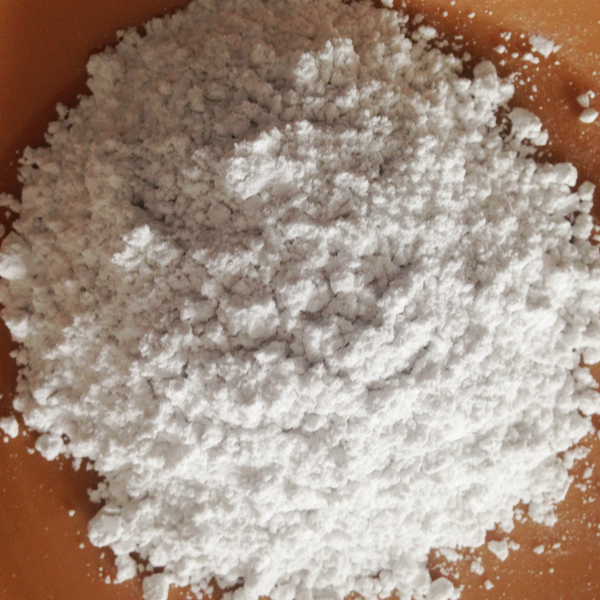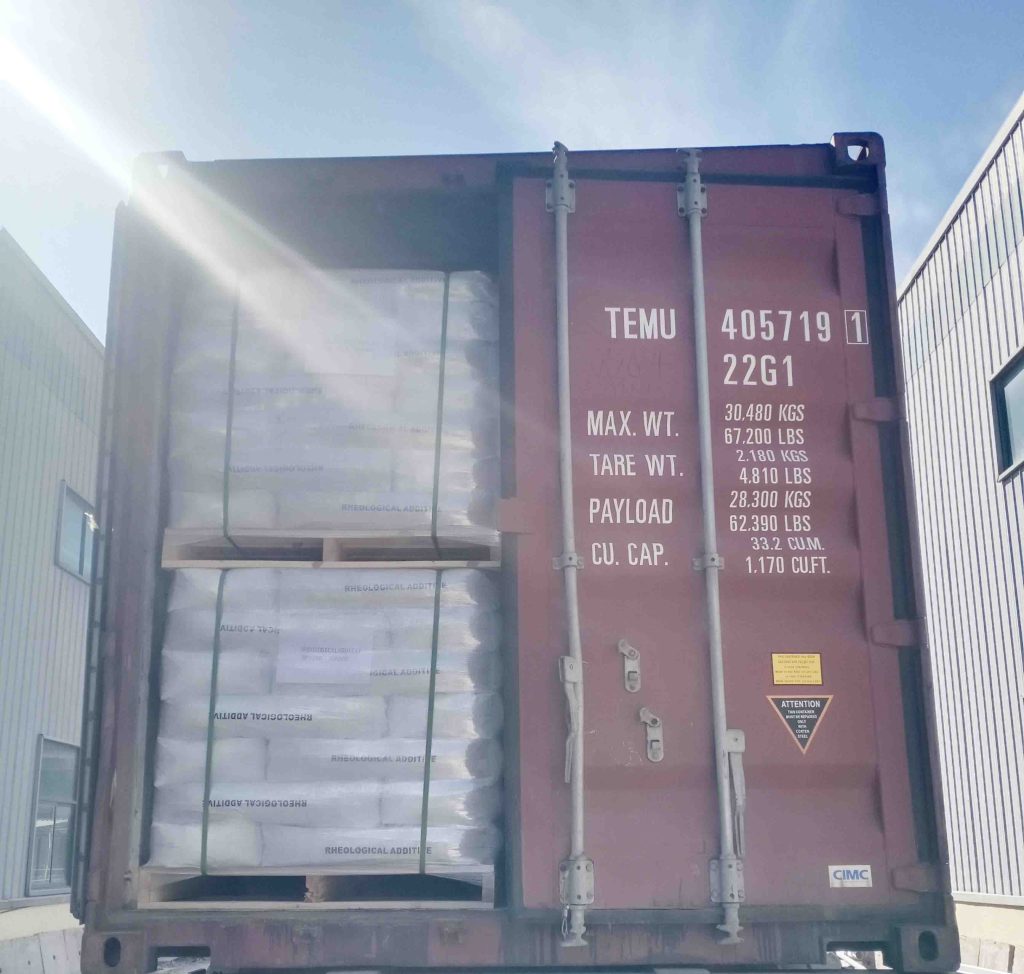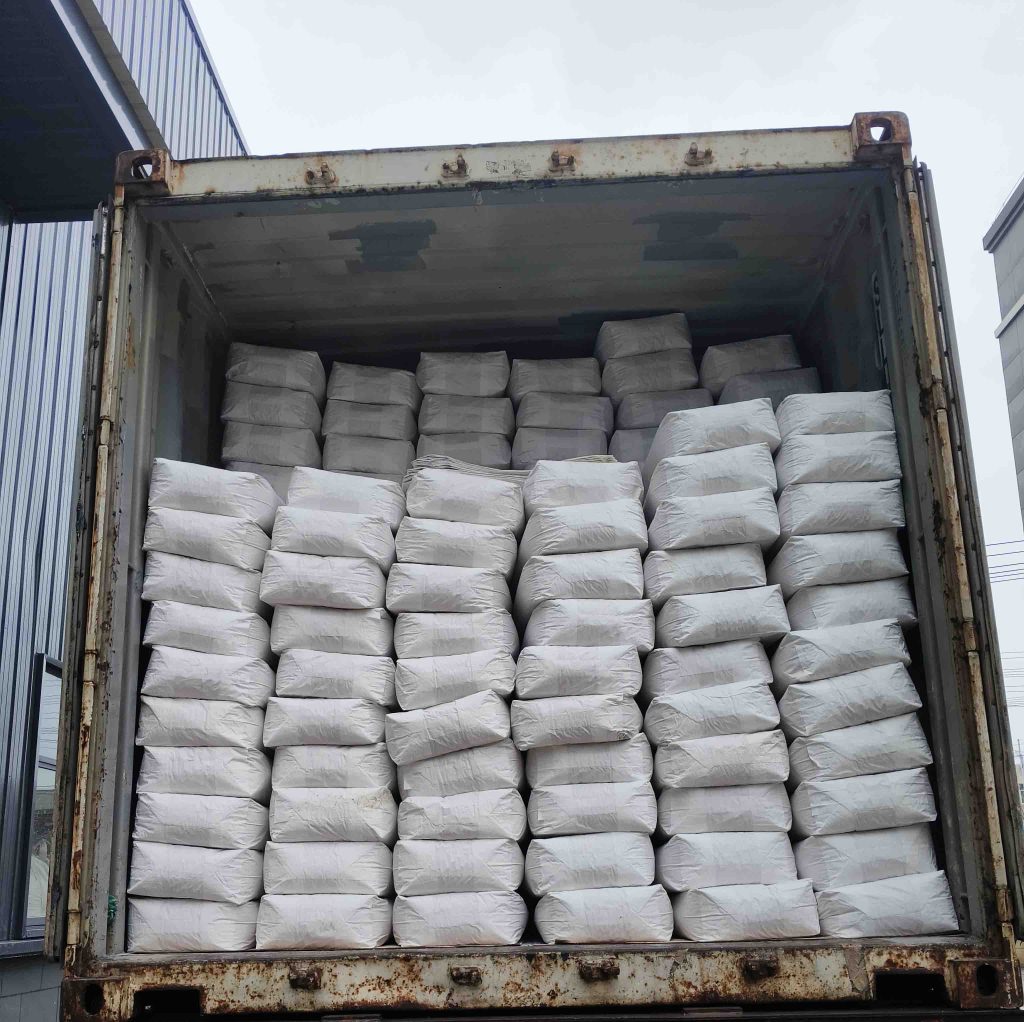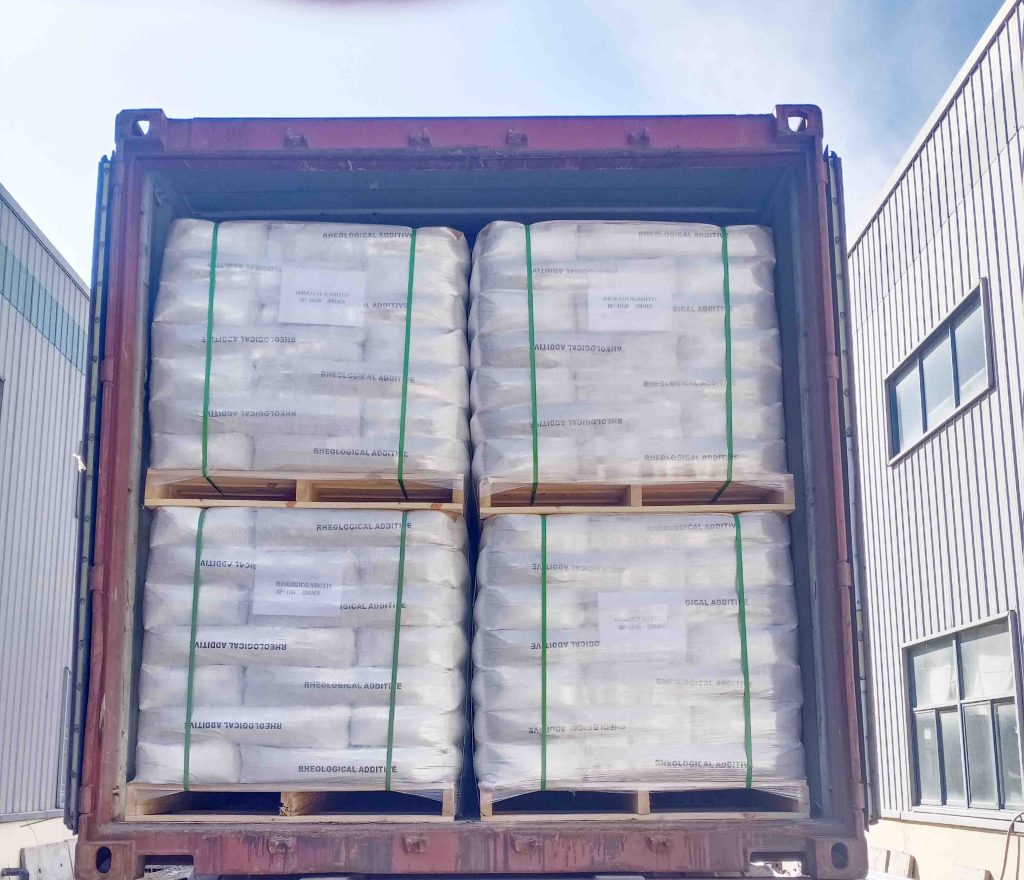Sandblasting beads are an inorganic filler that can be used to make reinforcing fillers that can be added to plastics with thermoplastic and thermoset properties to improve the physical properties of such plastics.
sandblasting beads

What Are Bead Blasting’s Applications?
| Aerospace industry | Remove rust and paint from mechanical components to remove knife marks. |
| Remove scratches on the rubber | Reflective paint for roads |
| Scratch treatment on the surface of stainless steel. | |
| Foundry industry; | Pre processing in the electroplating industry. |
| Semiconductor Industry | Crafts for exterior decoration |
sandblasting beads
Sandblasting beads
Solid glass beads are solid glass balls with smooth and hard appearance, with the following characteristics.
1) Solid glass beads have a smooth surface and a solid interior, which is a perfect sphere without additional polishing;
2) Solid glass beads have a perfect spherical structure, which gives them excellent flowability;
3) Solid glass beads have the smallest volume to surface area ratio;
(4) Solid glass beads have excellent filling capacity and are small enough to fill in the voids of many types of products;
(5) Solid glass beads have good in-mold flowability;
6) Solid glass beads have lubricating ability, can improve the lubricity of the product;
7) Solid glass beads also have uniform dispersion.
With the above characteristics, solid glass beads can be widely used in industrial production, to bring added value to the product characteristics.
1) Products made with solid glass beads are less prone to cracking and deformation;
2) Solid glass beads can make the products have stronger pressure resistance;
3) Solid glass beads can make the products can improve the surface hardness of the products;
4) Products made with solid glass beads are not easily scratched by hard objects;
5) Solid glass beads can improve the fluidity of the products. In addition, if resin is used in the production process of the products, solid glass beads can reduce the amount of resin and viscosity, so that the products can be more easily coated and reduce the defects of the products;
(6) Solid glass beads are high-precision micro-spheres, added in the mixture also has a good dispersion and mixing, it is easy to be pressed and filled, with good filling properties;
(7) Solid glass beads have stable properties and smooth surface. Adding a large number of solid glass beads into the product can prevent the product surface shrinkage, improve the surface flatness of the product, and significantly improve the dimensional stability of the product;
(8) The chemical properties of solid glass beads are stable, the use of a large number of solid glass beads filled with products can enhance the modulus of elasticity of the product, is not easy to be scratched by hard objects, the surface hardness of the product is high, not easy to wear and tear, cracking, with good stress dispersion, to provide better product performance;
9) Solid glass beads have good stress dispersion. Because the size change of molded products often occurs in its three-dimensional space, depending on the shape structure of the product.
Especially with the addition of glass fiber products often because the glass fiber will have anisotropic, resulting in the product in different directions will occur in different degrees of shrinkage. Shrinkage is negatively correlated with fiber length and positively correlated with fiber width, so the dimensional stability of products with added glass fibers depends on the flow of raw materials into the mold.
The solid glass beads have strong mobility, so the solid glass beads with each isotropic filling containing glass fiber products can produce the same shrinkage, so that the quality of the product, the size of the more stable;
10) Solid glass beads can be used to create coated surfaces with enhanced joining properties, applied to the surface of the product, but also to give the product a clean and polished surface, cost-effective, can be used in metal, plastic and wood mechanical surface treatment of sandblasting and coating materials;
Size of sandblasting beads
Model of Bead blasting glass | Sieve Size (mesh) | Particle Size Range(μm) |
WSL17L# | 20~40 | 425 ~ 850 |
WSL 18L# | 30~40 | 425 ~ 600 |
WSL 19L# | 40~60 | 300 ~ 425 |
WSL 20L# | 60~100 | 150 ~ 300 |
WSL 21L# | 70~140 | 106 ~ 212 |
WSL 22L# | 100~140 | 106 ~ 150 |
WSL 23L# | 100~200 | 75 ~ 150 |
WSL 24L# | 140~200 | 75 ~ 106 |
WSL 25L# | 140~270 | 53 ~ 106 |
WSL 26L# | 200~325 | 45 ~ 75 |
Specification of Sandblasting Beads
| Specific gravity | 2.4-2.6 g/m3 |
| Stacking density | 1.5g/cm3 |
| Type | Blasting / Shot Peening Media |
| Spherical | |
| Rockwell hardness: | 46HRC |
| Mohs | 6-7 |
| Round rate | 80% |
| Melting point | 710-730 ℃ |
| Index of refraction | 1.5—1.6 |


